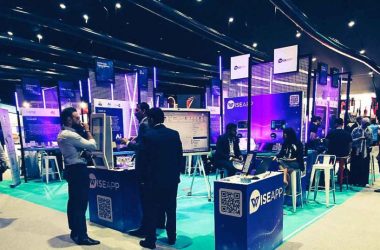The senior living industry is undergoing a transformative shift, and at the center of this evolution is technology—particularly senior housing software. Designed to enhance operational efficiency and deliver a better experience for residents, this software is becoming an indispensable tool for communities looking to stay competitive while ensuring high standards of care.
At the administrative level, managing a senior living community involves complex workflows. From staffing and compliance to billing and maintenance, the responsibilities can be overwhelming without the right tools. Modern senior housing management software centralizes these tasks into one integrated system, enabling administrators to gain better visibility and control over day-to-day operations.
Scheduling staff shifts, for example, becomes significantly easier with automated tools that reduce manual errors and ensure adequate coverage across all departments. Compliance management, once a time-consuming and error-prone process, is now streamlined with features that track regulatory requirements and alert teams to upcoming deadlines or inspections. Financial operations also benefit from improved accuracy and transparency through digital billing systems, automated invoicing, and real-time financial reporting. These efficiencies not only reduce administrative burden but also allow leadership teams to make more informed, data-driven decisions.
Beyond administration, senior housing software has also elevated the resident experience. At its core, quality of life is the most important measure of success in any senior community. Today’s software solutions are designed with this understanding, offering features that support both personalized care and meaningful engagement.
One of the standout features is the digital care plan management system. Care staff can easily document, update, and access personalized care plans in real time. This ensures that every resident receives tailored care based on their current health conditions, preferences, and needs. It also fosters better communication between staff members across different shifts, which is essential in maintaining continuity and quality of care.
In addition, the software often includes communication platforms that keep families informed and engaged. Through secure portals or apps, families can receive updates, communicate with staff, and even view photos or schedules of their loved ones’ activities. This level of transparency builds trust and provides peace of mind for families, which in turn strengthens the community’s reputation.
Resident engagement is also enhanced through activity tracking and social programming tools. Staff can create, schedule, and manage events more efficiently while tailoring them to resident interests. Participation data helps refine offerings over time, ensuring that activities are both enjoyable and relevant.
Maintenance requests, meal preferences, and transportation scheduling can all be handled through the same centralized system, empowering residents to express their needs more easily and giving staff the ability to respond more quickly. This level of service adds to a sense of autonomy and dignity for residents—an essential component of senior care.
In essence, senior housing software acts as a connective backbone, uniting operations, care teams, residents, and families under one cohesive system. It’s more than just technology; it’s a foundation for better living, smoother management, and long-term sustainability for senior living communities. As adoption grows, it’s clear that this technology is not just a trend but a vital asset in shaping the future of senior housing.







